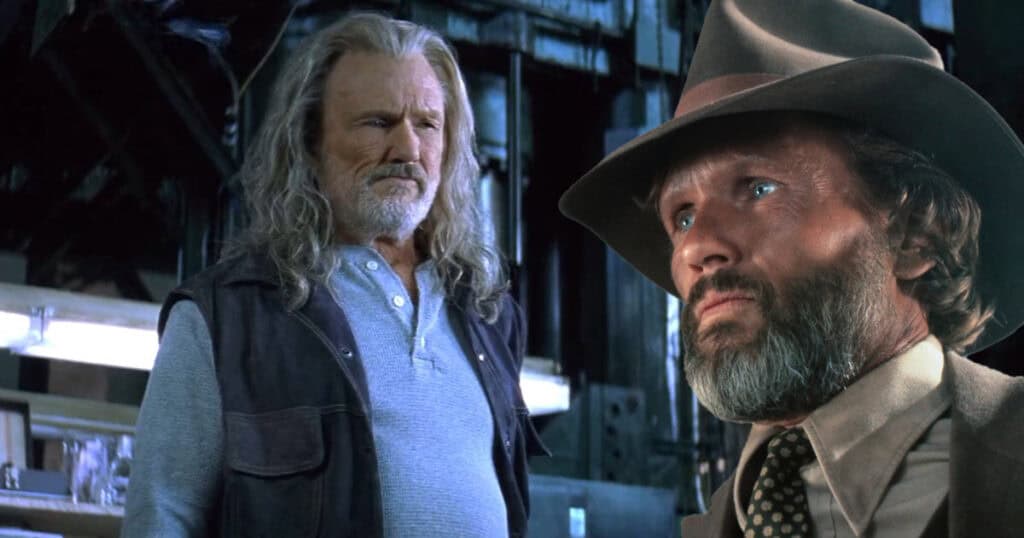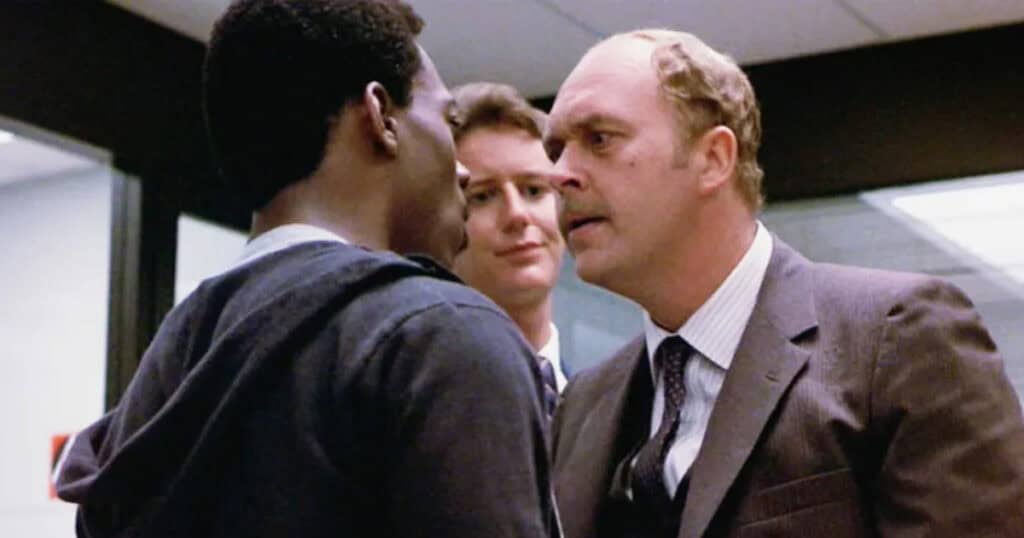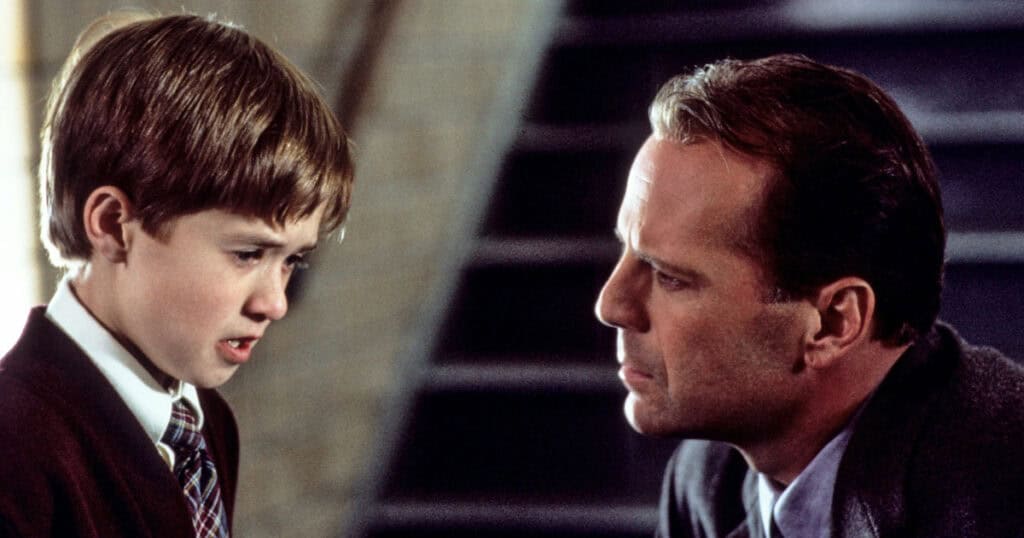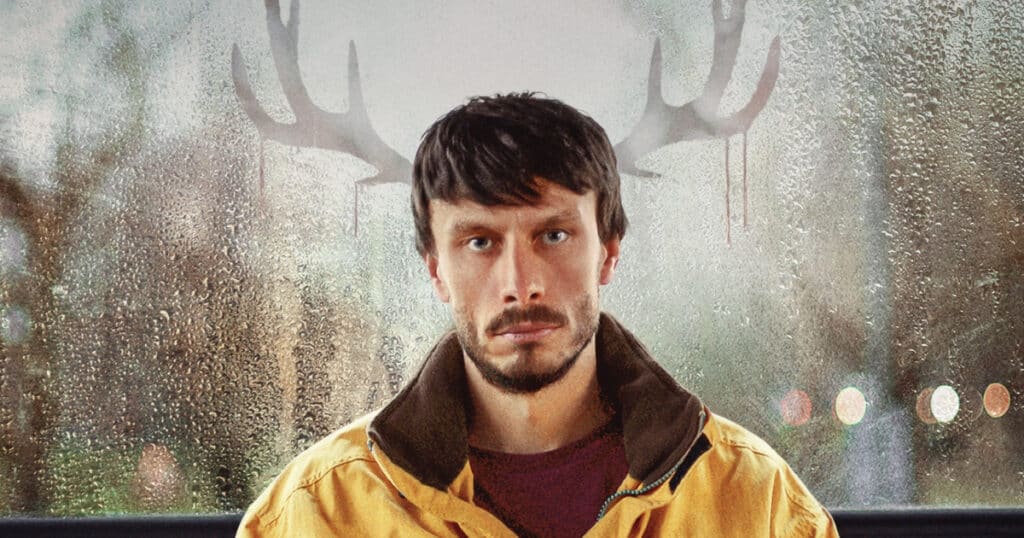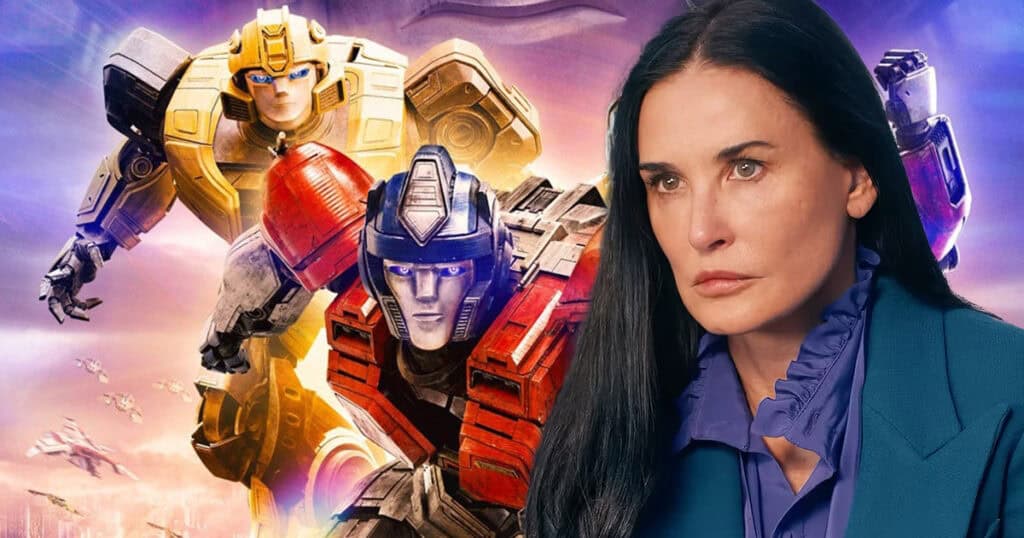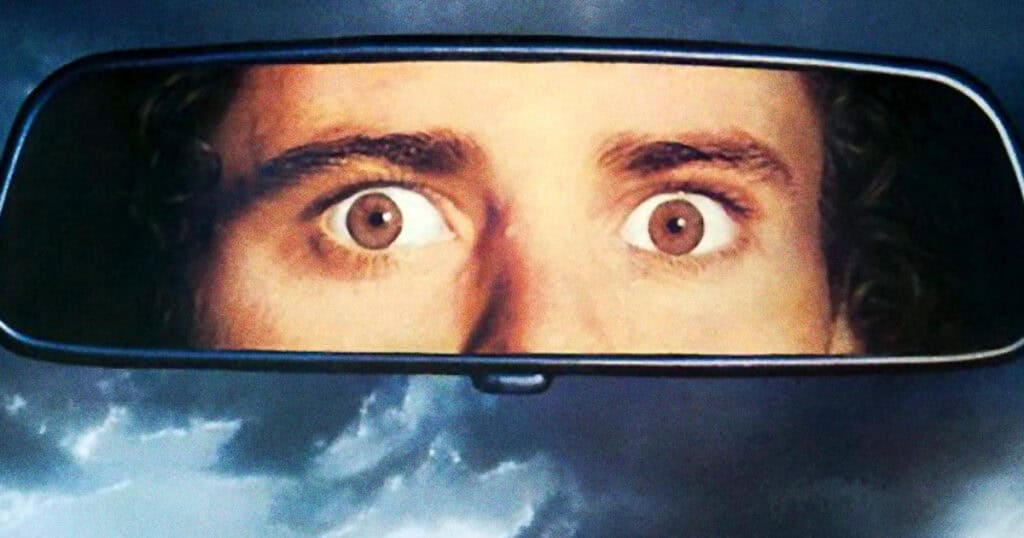
THE UNPOPULAR OPINION is an ongoing column featuring different takes on films that either the writer HATED, but that the majority of film fans LOVED, or that the writer LOVED, but that most others LOATHED. We’re hoping this column will promote constructive and geek fueled discussion. Enjoy!
The first time I watched the cult classic action film The Boondock Saints, I was seventeen and immediately fell in with the 93% fresh rating from audience members on Rotten Tomatoes. A certified rotten, 17% rating from critics? Psh, I didn’t care (Not that Rotten Tomatoes is necessarily the answer to everything, but it certainly is often indicative of something).
Years later, I now know the truth. This is a terrible movie. It’s beyond even laughably bad and into the realm of just plain outright bad. As I re-watched it for this column, I couldn’t help but keep saying things like “this doesn’t make sense. This – this, it – this movie doesn’t make any sense! What’s going on? Why – what’s – why is hap- why are they doing that?” Over and over over. At least it made this truly awful movie entertaining.

“And Shepherds we shall be For Thee, my Lord, for Thee.
Seriously, nothing in this movie makes any sense. Here are two examples of how logic runs about as deep in this movie as a paper cut – which is what I would correlate the experience of watching this movie to. Paper cut after paper cut, with some lemon juice added because writer/director Troy Duffy just felt like it.
1) Why not kill Murphy (Norman Reedus) inside his apartment? There’s no need to take him out to the dumpster and kill him there. This exists only so that Connor (Sean Patrick Flanery) can do his five story leap while clutching a toilet bowl because someone decided this was a cool and necessary story element.
2) Speaking of which, after falling five-odd stories we see Connor bounce off the other Russian guy that isn’t Checkov and crash knee first into the ground. Five stories, he glances off some Russian dude, smacks into the pavement knee first, and all he comes away with is a f*cking limp? And one that doesn’t even last very long? No. Nein. Absolutely not.
More importantly though: The Boondock Saints is a movie completely based around the cheap-ass excuse of coincidence. The brothers just happen to have had a mother who insisted that they speak a minimum of six extra languages (German, Spanish, Italian, Russian, French, Latin), which also happens to be the only thing which allows the story to progress. If they didn’t speak Russian, then calling the number on Checkov’s pager would do nothing as they wouldn’t have then known to go the hotel room, meaning they wouldn’t have met killed the guys or Rocco there, etc… Not to mention the plot “development” of when Rocco sees Agent Paul Smecker (Willem Dafoe) leaving the gay bar. This leads to Rocco following Smecker in order to kill him, which in turn leads to the brothers magically appearing at just the right time, which in its own turn leads to hearing Smecker’s confession that he wants to be like the brothers, leading eventually to Smecker working with them. Duffy should have just called this movie THE LUCK OF THE IRISH and been done with it.

Power hath descended forth from Thy hand,
Oh, and how about the character inconsistencies that run throughout the whole of the film? Again, here are a few of the more offensively illogical examples:
1) Il Duce’s ambush of the brothers and Rocco is extremely sloppy, and thereby goes against everything that has been established about him thus far in the film. He is supposedly “ghostlike,” and yet the first time we meet him he completely f*cks this information sideways.
2) When woken up in bed by a phone call, after rebuffing the advances of the guy in the bed several times, Smecker says “What are you doing?” “I want to cuddle” the guy replies. To which Dafoe says “Cuddle? What a fag.” This makes no sense either in relation to what we know about his character already or in conjunction with the offense he later takes at the Freudian slip of a detective saying “the fag man” instead of “the fat man.’
3) Why do the brothers put coins on the eyes of the dead in the hotel room? Do they actually believe in that? Why don’t they do it any time before or after this one occurrence? If they do believe in it, then that does tell us something about their characters, though that “something” is, again, never replicated before or after. If they don’t believe in it, then there is no reason for them to do this beyond Duffy giving Smecker another chance to be “the super-smart FBI agent.”
4) This guy:

Our feet may swiftly carry out Thy commands.
Meet Rocco, a character any serious discussion of The Boondock Saints must bring up. He is, without a doubt, easily one of the worst characters in cinema history. F*ck you Rocco. F*ck your face, f*ck the offensive absurdity of your personality, f*ck your values and actions and choices, f*ck your childish hypocrisy, and f*ck you having a dramatic death despite the fact that you’re actually a slimy little bastard who lacks a single redeeming quality.
The thing is, Rocco’s presence is actually utterly grievous for another reason entirely: his existence and “friendship” with the brothers makes the least sense of all and throws the validity of the entire movie’s events and characters into doubt. See, the brothers are on a mission to eradicate evil. They seek to quell the spread of villainy in the streets. And yet when it comes to Rocco? Rocco, who is a willing part of that villainy, as well as a misogynist creep and a sleaze and slime ball who gropes dead bodies and asks if he can make up for it by killing two random guys that are probably no worse than him? Not only do the brothers not kill him, but they allow him to join them in their f*cking quest. Rocco serves no use to them beyond his knowledge of the habits and hideouts of the various mafia members, which, to be fair, might be why they keep him alive and a part of their team.
But in this movie’s “logic,” such real-world practicality doesn’t matter one bit. The brothers magically know somebody with a small arsenal in his basement – why can’t they find out the details about mafia gatherings/hideouts through a different source? And later, when Rocco finally dies, the brothers are very visibly and audibly distraught. I.e. far more so than should be if he was just an informant, meaning they still considered him their best friend despite the fact that their friendship with him goes against everything they supposedly stand for.

So we shall flow a river forth to Thee, and teeming with souls shall it ever be.
Even beyond all of the above, this movie comes up sorely lacking from a filmmaking perspective too.
1) The script is littered with moments and lines that have nothing to do with anything beyond “sounding cool” – when Checkov first rolls up and says “this is no game,” not only is it the most stereotypical line possible in that moment, but nobody has talked about games before. At all. His line is in reference to something that never happened.
2) The editing is choppy and plucks you out of scenes before the characters can finish their moment, meaning that scenes often lack any sort of resolution and instead flow artificially together simply because Duffy decided so.
3) The plot device of showing the before/after of an event and having Smecker figure out what happened is overused and (again) ruins the flow of the action. It’s not nearly as engaging, as there are no stakes for the characters since we already know how the event turned out. It could have been fantastic if used once to good effect, allowing us to witness Smecker’s deductive prowess. But after that first (or maaayyybe second) time the effect becomes boring, bland, and does not serve the story in any sort of positive way.
4) Troy Duffy can’t even decide what kind of movie this is. The brothers have their mutual epiphany/call to action, waking suddenly while speaking the same lines of religious-related text, and are all of a sudden vigilantes that are willing to kill any and every bad guy they encounter with no moral hang-up about the matter? So is this an action movie with religious/spiritual undertones, an almost “mythic” tale? It would seem so, because there’s no decision making process to become vigilantes. But then again, at other times the movie feels like it is trying to be a serious action flick grounded in reality. And then there are the times it lets itself be as over the top as possible, with cinematic moments happening right and left (such as falling through the ceiling and shooting perfectly despite being upside down and having barely killed anyone before). And it is from this confusion that so much of my problem with this movie stems – The Boondock Saints is trying to be at least three different kinds of movies at once, and so all of its individual identities suffer and what results is a limp cinematic noodle smothered in weaksauce.

In Nomine Patri, Et Fili, Et Spiritus Sancti.”
I could have gotten behind a more mythic take on the already-primal nature of Death Wish, which is no doubt one of the many cinematic influences on The Boondock Saints. That is a movie which would interest me, and there are hints of it here and there. The prayer the brothers/Il Duce say is, of course, awesome. Suitably poetic, epic, and ancient sounding for its purposes here. Sean Patrick Flanery, Norman Reedus, Billy Connelly, and Willem Dafoe are all great – you can tell they’re really having fun with the very bare material that is there for them to work with. But at the end of the day, one prayer + four fun and dedicated performances + slight hints of greatness + a cool opening bit of Irish music + Willem Dafoe screaming “THERE WAS A FIREFIGHT!” does not a worthwhile viewing experience make.
If only Troy Duffy had been struck by his own revelation, one that then told him to not make this movie and thereby prevented me from wasting precious minutes of my life. Alas. Well, at least I can always just watch… well… anything else.
The post The UnPopular Opinion: The Boondock Saints appeared first on JoBlo.
